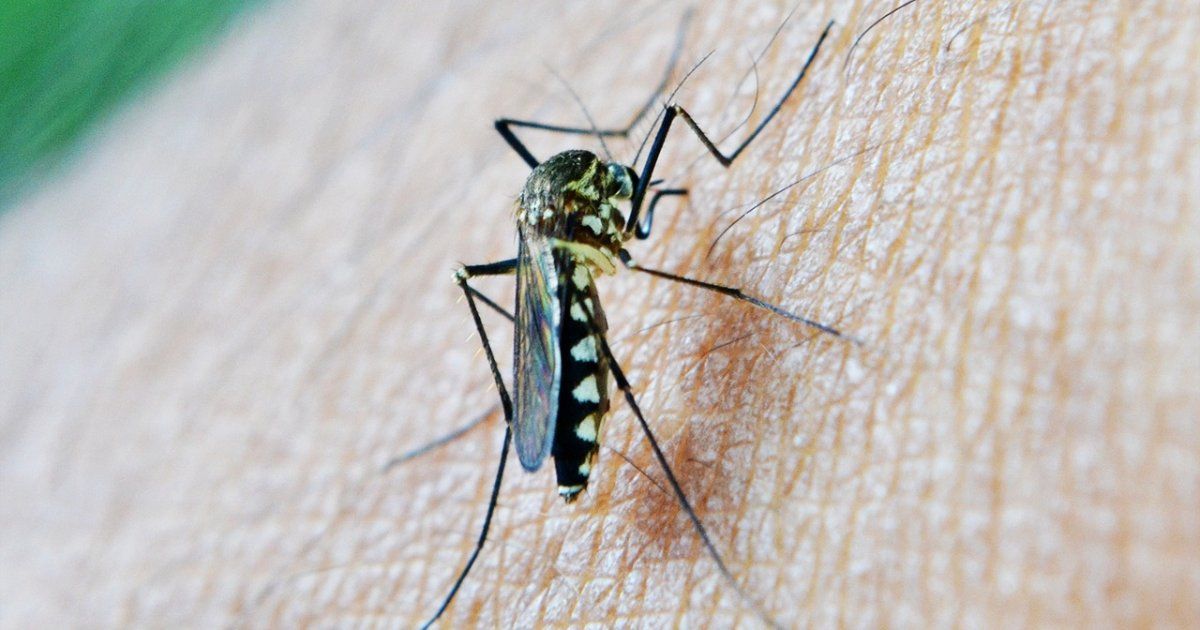Two people died in Brazil due to the Oropouche feverthe first deaths in the world attributed to this disease caused by a little-known virus spread by the bites of infected midges and mosquitoes. This is what is known so far about this arbovirus, a type of virus transmitted to humans by certain insects.
What happened in Brazil?
Two women from the state of Bahia in northeastern Brazil, “under 30 years old, with no comorbidities” but with “symptoms similar to a severe form of dengue,” have succumbed to Oropouche fever, according to the Brazilian Ministry of Health.
“So far, no deaths related to the disease have been reported in the world scientific literature,” Brazilian authorities said, referring also to investigations into another death possibly related to the fever in the south of the country.
Where and how does this virus circulate?
First detected in the archipelago of Trinidad and Tobago in 1955, this arbovirus is primarily transmitted to humans through the bites of midges, but can also be spread by mosquitoes.
“According to our current knowledge, the virus is not transmitted directly from man to man,” Italian infectious disease specialist Concetta Castilletti told AFP.
Brazilian health authorities are also examining six possible cases of transmission of the disease from pregnant women to their children.
So far, Oropouche fever has been detected mainly in areas of South America, Central America and the Caribbean.
Since the beginning of 2024, more than 7,700 cases have been recorded in five countries: Brazil, Bolivia, Peru, Cuba and Colombia, according to the Pan American Health Organization (PAHO), linked to the World Health Organization (WHO). In Brazil alone, 7,236 cases have been recorded to date.
The first deaths announced by Brazil coincide with a serious dengue epidemic that has already caused thousands of deaths.
Earlier this year, two cases of Oropouche fever were identified for the first time in Europe in two unrelated people who returned to Italy after a trip to Cuba, according to Concetta Castilletti.
What symptoms and what treatments?
The virus causes symptoms similar to those of dengue: fever, muscle pain, joint stiffness, headache, vomiting, nausea, chills or sensitivity to light.
Severe forms can lead to life-threatening complications, such as meningitis.
There are no specific treatments or vaccines.
In affected regions, the best protection is to avoid mosquito and gnat bites by covering your legs and arms, using repellents and fine-mesh mosquito nets, according to PAHO.
A threat to the future?
Compared to other arboviruses in its family, such as dengue and chikungunya, Oropouche fever has not been widely studied and many questions remain about it, starting with the exact number of confirmed cases.
Furthermore, it is difficult to distinguish from dengue and, among other things, the transmission cycle between animals and humans and complicating factors are unknown.
It is a classic example of a “neglected” disease, according to an article published in the journal Lancet Infectious Diseases.
The virus “has the potential to become a significant threat” given its presence in different environments, the number of species that can transmit it and the risk of serious complications, according to the authors of the article.
According to Concetta Castilletti, regional, national and international authorities need to communicate more and prepare for possible epidemics.
“We must expect the unexpected, as the Covid-19 pandemic should have taught us,” says the Italian scientist.
In recent years, experts have also warned about the impact of global warming, which increases the presence of mosquitoes in many regions of the world and thus increases the risk of the spread of diseases such as dengue and Oropouche fever.
Source: APF

